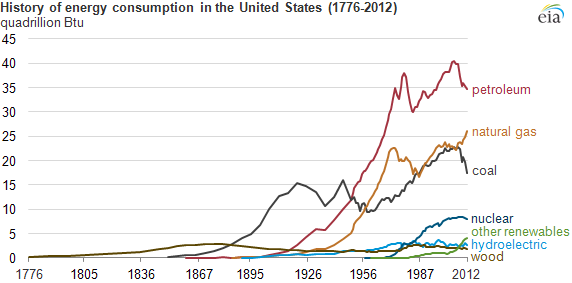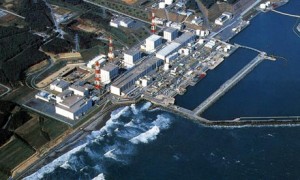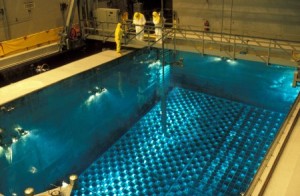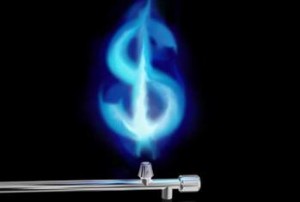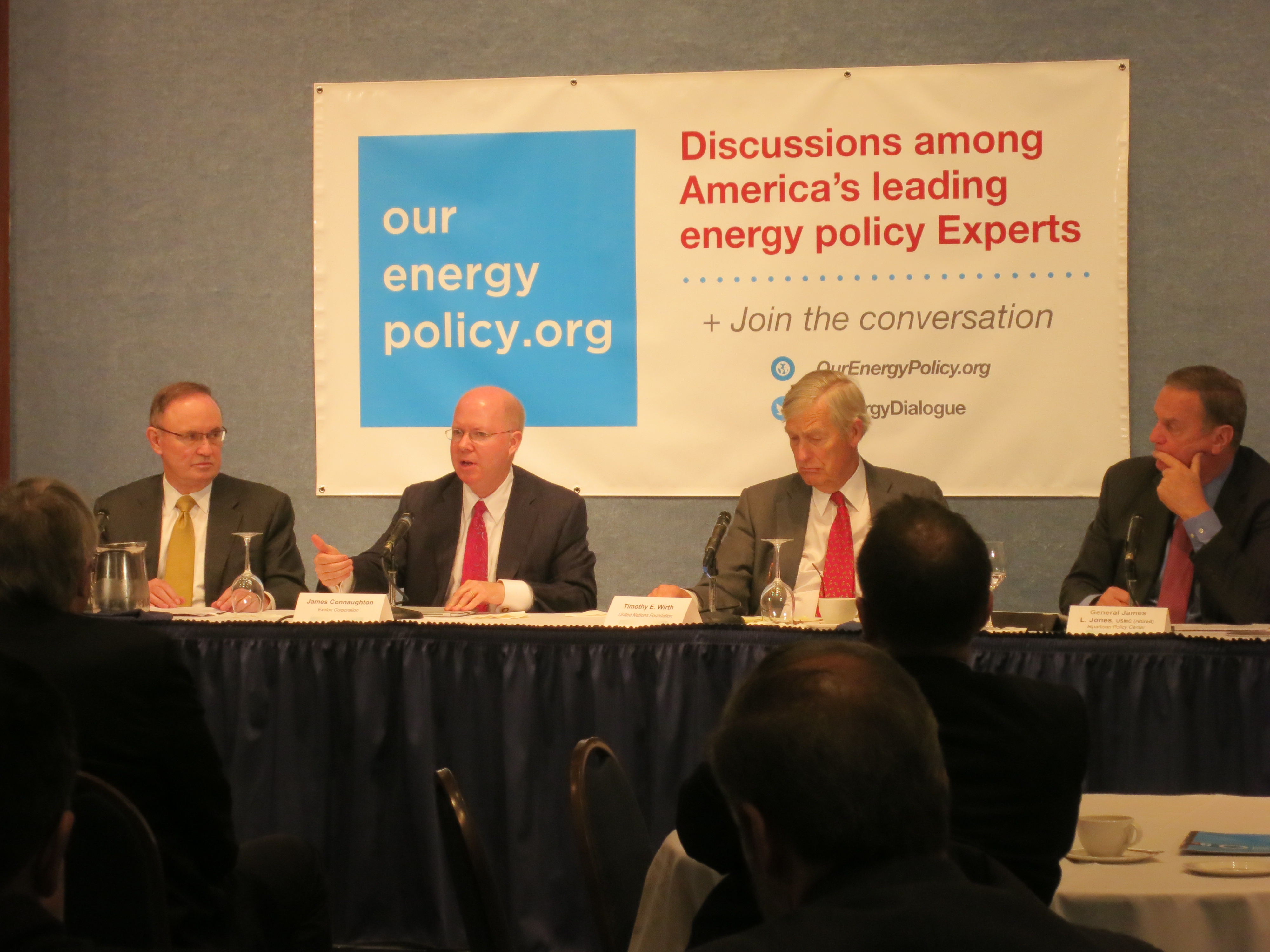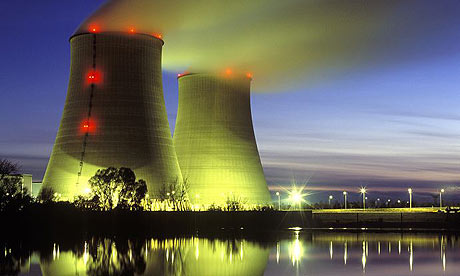62 item(s) were returned.
University Distinguished Professor
Michigan State University, Dept. of Chemical Engineering
It is clear that the Age of Oil is winding down. Worldwide, the rate of discovery of new oil reserves peaked in the 1960s and in the US our peak rate of oil discovery occurred in the early 1930s. In recent years the world has used about three barrels of oil for every barrel of new oil reserves discovered. Thus we are living largely on past oil discoveries. There is still a lot of oil in the world, and we will still be using a lot of oil decades from now. But it will be increasingly expensive both economically and… [more]
View InsightPresident
Micro-Utilities, Inc.
The meltdowns at three nuclear plants at Fukushima, Japan almost three years ago were an economic disaster, but were these plants inherently unsafe? Did the Fukushima designs provide adequate safety during extreme circumstances? The magnitude 9 earthquake that hit Japan in 2011 was its largest ever. However it was the enormous tsunamis that led to meltdowns. At Fukushima the spent fuel pools never leaked water in spite of the earthquake, its aftershocks, and tsunamis. Even Fukushima’s emergency power systems initially survived the earthquake, only to be soon destroyed by the tsunamis. The nuclear plants at Fukushima were in an extreme… [more]
View InsightSince the development of the Yucca Mountain Nuclear Waste Repository was terminated in 2011, no long-term plan for storing spent nuclear fuel accumulating at nuclear power plants has been developed. As a result, utilities have been forced to store spent nuclear fuel “on site,” where storage space grows tight and is increasingly expensive to manage. The federal government is required by law to provide (since 1998) offsite storage for spent nuclear fuel, but has yet to do so. Furthermore, until last month’s ruling by a federal appeals court, the Department of Energy (DOE) had been collecting a fee from nuclear… [more]
View InsightJ.C. Ward Jr. Professor of Nuclear Energy Engineering
Cornell University
The premise of Robert Stone’s newly released documentary, Pandora’s Promise, is that despite the scary features of nuclear radiation, nuclear power is the best chance we have to avoid the catastrophe projected from burning fossil fuels to power the growing world economy. The documentary’s approach is rather unique – former anti-nuclear environmentalists describe how and why they became pro-nuclear, in spite of even the recent major Fukushima Daiichi reactor disaster. It is important to add that Director Robert Stone is not arguing that standard “light water reactors” (LWRs) should be pursued, but rather newer designs, such as inherently safe breeder… [more]
View InsightThe new Secretary of Energy and MIT physicist, Ernest Moniz, has often cited nuclear power as an important means of developing a low-carbon future for America. Moniz has also advocated the use of natural gas for its economic, environmental and energy security benefits, as outlined in a report he authored while at MIT, “The Future of Natural Gas.” So what can we expect from the next Secretary of Energy? Throughout his confirmation process, which has taken place over the past six weeks, Secretary Moniz reiterated the need for an “all-of-the-above” strategy, while expressing his belief that the government is underinvesting… [more]
View InsightProfessor of Public Policy
Georgia Institute of Technology
Thanks to breakthroughs in seismic imaging, horizontal drilling and hydraulic fracturing, the US in 2012 reduced its reliance on much dirtier coal by shifting to gas-fired power plants. This trend is expected to continue, spurred by low gas prices and increased regulation on coal. The move to shale gas is being heralded as a key to economic prosperity and a clean energy future. But there are other options for displacing baseload electricity from retired coal plants, the principals being nuclear, renewables and energy efficiency. Will the gas bonanza enable or postpone the transition to these cleaner options? While natural gas… [more]
View InsightLast week Senator Lisa Murkowski (R-AK), the senior Republican on the Senate Energy and Natural Resources Committee, published a blueprint for energy policy, titled “Energy 20/20: A Vision for America’s Energy Future.” The blueprint offers ideas to “align federal policy with… our national interest to make energy abundant, affordable, clean, diverse, and secure.” Among the main ideas in Sen. Murkowski’s blueprint are: Establishing a national goal to become independent of OPEC imports by 2020 by increasing domestic oil, biofuel and synthetic fuel production. Approving the Keystone XL pipeline. Opening the Arctic National Wildlife Refuge to oil and gas drilling and… [more]
View InsightUpdate: See a video recording of the event here OurEneryPolicy.org’s high-level panel discussion, moderated by Chief National Correspondent for the Fox News Channel Jim Angle, and featuring James Connaughton, General James L. Jones, and Timothy Wirth, had an overall tone of optimism for energy policy for next four years and beyond. Here are some event highlights: The panelists saw hydraulic fracturing as presenting an economic, energy security, and emissions reduction opportunity, but agreed that smaller “mom and pop” operations engaging in substandard industry practices could turn public opinion against fracking. However, there is an opportunity for industry leaders, such as… [more]
View InsightThe Japanese government, which had announced a gradual phase-out of nuclear power by 2040, reversed that position and will instead develop an energy policy “with flexibility, based on tireless verification and re-examination.” The country was faced with the difficulty of replacing the 30% of electricity it gets from nuclear energy, and altering an existing strategy that would have seen that number rise to 50%. The reduction in nuclear energy usage would have come through greater reliance on renewable energy, conservation, and the use of fossil fuels, according to the original plan. Although nuclear will remain in the mix, no new… [more]
View InsightBoth the Democratic and Republican parties have released their platforms, each offering a vision of the American energy landscape in the coming years. Both parties promote distinct visions of an “all-of-the-above” approach to energy. The end goal for both parties is U.S. energy independence, with the GOP’s vision seeming to rely primarily on the development of America’s fossil fuel resources and a business-friendly regulatory regime, while the Democrats’ platform promotes a “move towards a sustainable energy-independent future” that would allocate resources between fossil fuel and renewables development, alongside to a variety of “green” initiatives. GOP Democrats Fossil Fuels Supports “new, state-of-the-art coal-fired… [more]
View Insight